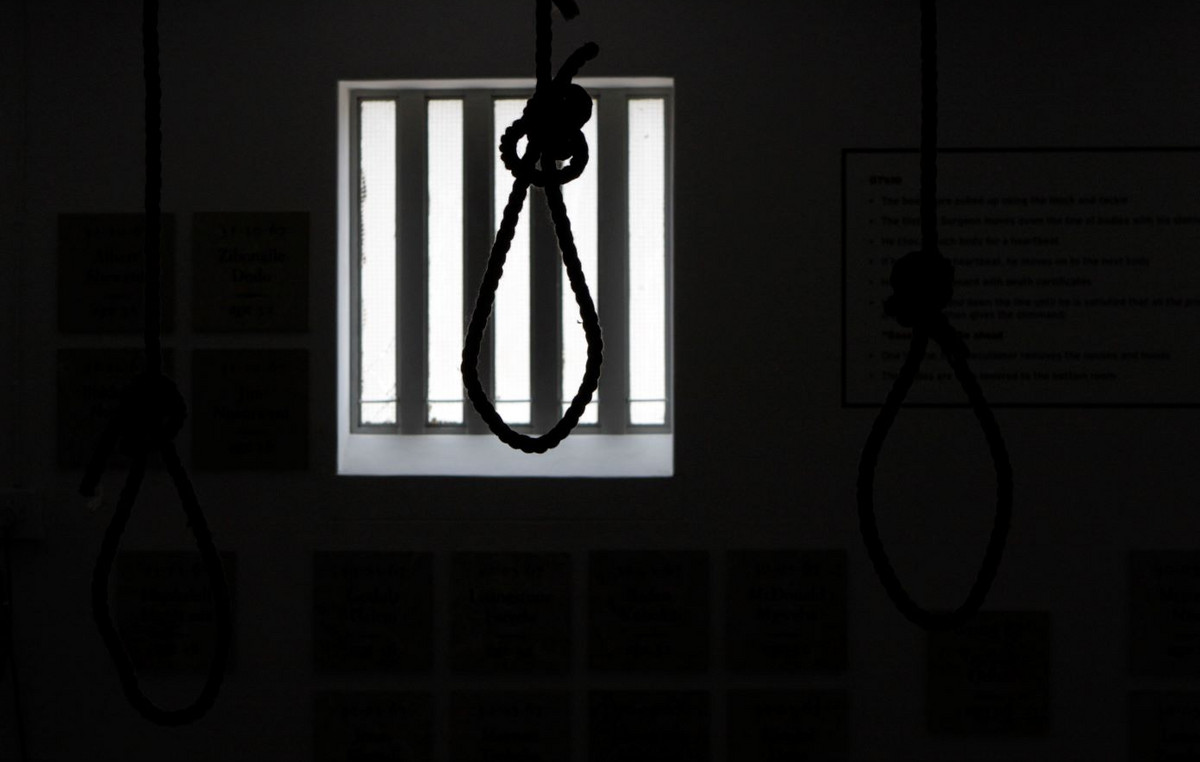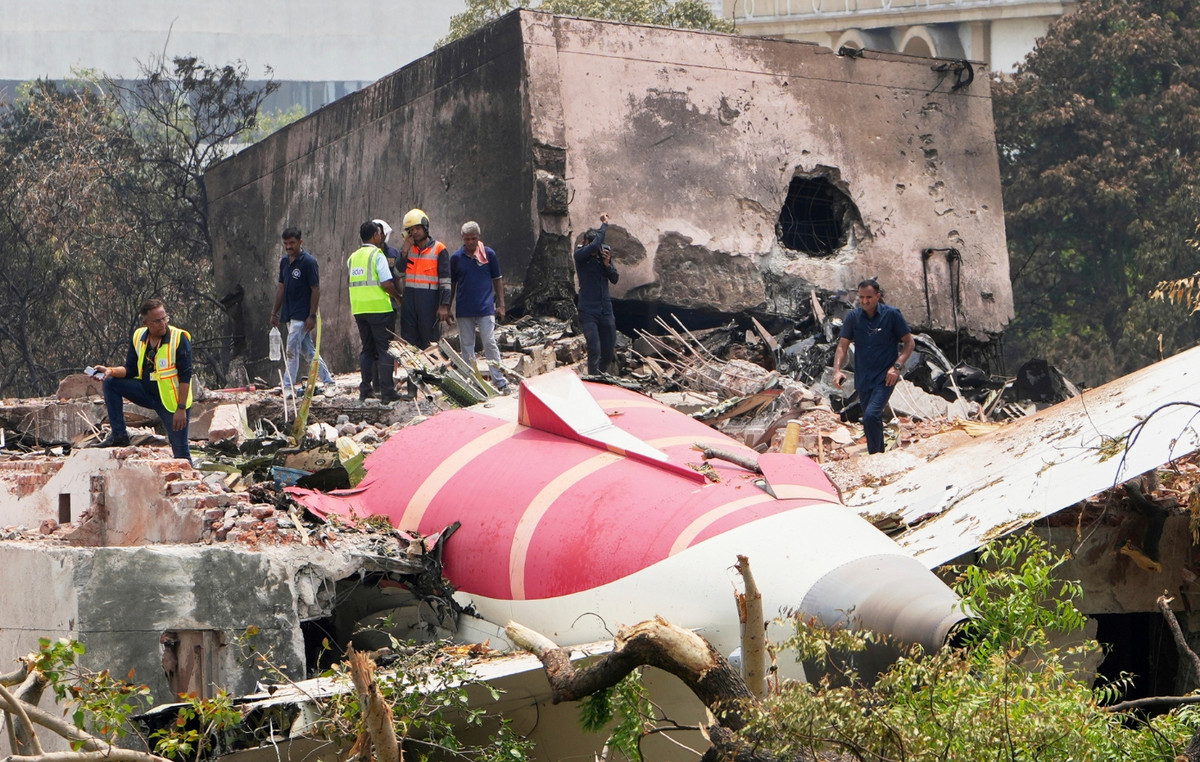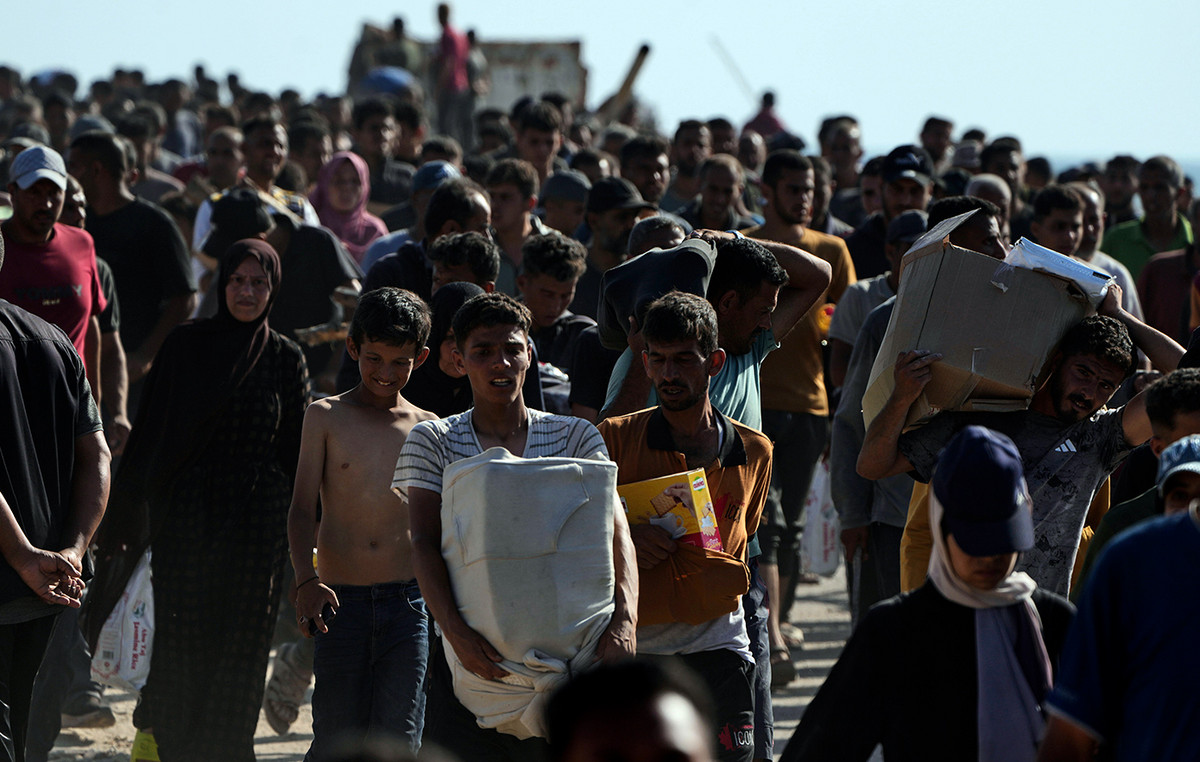In the early hours of August 29, swarms of Ukrainian drones flew across seven Russian regions. Many were intercepted; some don’t. Several landed at a Russian air base in Pskov, about 600 kilometers from the Ukrainian border, destroying two Russian military transport planes and damaging two others.
It was the most dramatic proof yet of a new dimension to the 18-month conflict: Ukraine’s growing appetite to take the war into Russian territory. Air and sea drones, mystery new missiles and sabotage groups are all part of the toolkit; Russian airfields, air defenses and maritime transport are among the targets.
Ukraine has many reasons to escalate the conflict. A victory is a victory wherever and whenever it happens – be it damaging planes at a distant Russian air base, disrupting commercial aviation and maritime transport, putting residents of Russian border regions on high alert, or hitting Russian air defenses in Crimea.
For Ukrainians who have suffered endless drone and missile attacks, the evidence of revenge (albeit on a much smaller scale) is a welcome morale booster, especially as the counter-offensive in the south is still struggling to gain steam.
President Volodymr Zelensky made no apologies for taking the conflict to Russian soil, saying recently: “War is returning to Russia’s territory – to its symbolic centers and military bases, and this is an inevitable, natural and absolutely fair process.”
The attacks away from the current front lines are also proof of the evolution of Ukraine’s ability to project power.
This projection, quite deliberately, is not based on Western hardware, but on local adaptations, both in terms of technology and tactics. President Volodymyr Zelensky and Defense Minister Oleksiy Reznikov have repeatedly assured Western donors that their weapons will not be used against targets inside Russia; this would be seen by Moscow as an act of aggression that would make them part of the conflict.
That point was reiterated by Ukrainian presidential adviser and adviser to the President’s Chief of Staff Mykhailo Podolyak this week. “Ukraine strictly fulfills its obligation not to use its partners’ weapons to attack Russian territory,” he said.
Instead, Ukraine is forging ahead with creating a weapons industry that will provide everything from 155mm artillery rounds to long-range drones and now – it seems – a new long-range missile.

Senior Ukrainian officials have been dropping hints about developing a new cruise missile. Oleksii Danilov, secretary of Ukraine’s National Security and Defense Council, posted a video last week of the alleged missile with the caption: “The President of Ukraine’s missile program in action. The tests are successful, the use is effective”.
Later spoke of a three-year development program, “to provide a distance of thousands of kilometers, this is the work of large teams, powerful work. Now we can say that we have a result”.
Zelensky himself left a cryptic note, congratulating the Ministry of Strategic Industries with the message: “Successful use of our long-range weapons: target hit 700 kilometers away!”
And the Center for Strategic Communication of Ukraine reinforced this point on Friday (1st), saying in Telegram: “Having launched a full-scale aggression, the Russians were counting on their impunity: that the fighting would be localized in Ukraine and that if would feel safe behind you.”
“Increased range destroys the Russian illusion of security and increases the enemy’s cost of aggression,” he added.
This is clearly an evolving part of Ukraine’s strategy. Podolyak said: “The war is moving more and more into the territory of Russia and it cannot be stopped. This is a consequence of the loss of frontline component (Russia has long struggled only in numbers and only in defense, despite all the propaganda myths) and the lack of realistic systems in the regions (including air defense)”.
At the heart of this force projection is an array of Ukrainian drones – in the air and at sea. The latest iterations have greater range and greater payloads than previous models, thanks to what the Ukrainians describe as a global search for drone technology and contracts for various domestic manufacturers.

The attack on the Pskov air base is the result of this work, although how it was carried out is a mystery. The head of Ukrainian Defense Intelligence, Kyrylo Budanov, said the attack was launched from within Russia, but declined to say what kind of drones were used or how many.
Such may be Budanov’s talent for the game – designed to sow confusion and distrust within Russia. It is possible that the drones were launched from Ukrainian territory, but precise targeting over a distance of more than 700 kilometers would require a radical change in navigation capabilities.
A Russian blogger complained that the attack on Pskov indicated that Russian air defenses had not adapted to defend against repeated Ukrainian drone attacks.
The damage being done won’t break the backbone of the Russian air force, but it’s pissed off quite a bit. On August 22, at least one Tu-22M strategic bomber was set on fire at Soltsy-2 air base in northern Russia; then came the Pskov attack.
all at sea
Ukraine has also invested heavily in the development of marine drones. The last deployed carry an explosive payload of up to 400 kg, capable of piercing a substantial vessel and can travel hundreds of kilometers.
In early August, one of them hit the Russian gas and chemical tanker SIG near the Kerch Strait, immobilizing it but not sinking. Another hit a Russian navy ship in the port of Novosibirsk.

Maritime drones used against Russian naval and merchant shipping in the Black Sea provide a morale boost and complicate Russian calculations. Some Russian warships in the Black Sea have mounted machine guns on their decks to repel hard-to-defend weapons.
These attacks force Russia to devote some time to developing a response: A recent example is barges near the Kerch bridge to Crimea in an effort to prevent the country from being hit again by maritime drones after the July and August attacks.
As Mick Ryan, author of the blog Futura Doctrina and former general in the Australian armed forces, writes: “With little chance of developing their own conventional naval fleet to fight the Russians, the Ukrainians have developed unmanned capabilities. While ostensibly designed to sink or damage Russian surface warships, they are also intended to have the psychological effect of deterring Russian ships from going to sea.”
Likewise, Russian authorities have to dedicate any air defenses that can be deployed in Ukraine to the Moscow region and infrastructure, such as air bases, which have become a frequent target of Ukrainian attacks. Open source reports suggest that there are at least several Pantsir-2 air defense batteries around Moscow.
The Institute for the Study of War notes that “Russian forces may have concentrated their air defenses on covering Moscow and somehow missed the large number of Ukrainian drones that allegedly hit Pskov airfield.”
Ukrainians are also more focused on the degradation of transport links, air defenses and Russian bases in annexed Crimea. Last month, they carried out a missile strike against one of Russia’s modern S-400 air defense systems off the coast of Crimea, followed by a commando strike.

Budanov later said: “We have the ability to reach any part of [Crimeia] temporarily occupied now. We can reach the enemy anywhere.”
The longer range strikes are an extension of the strategy used successfully since last year to hit Russian logistics centers, command centers and ammunition/or fuel depots far behind the front lines.
Western longer range systems such as HIMARS and more recently Storm Shadows, which with a range of 250km have been critical to this effort, in Kherson, Luhansk and Zaporizhzhia.
These weapons alert Russian forces that they are vulnerable away from the front lines. An attack on a Russian command center in the occupied Berdiansk area in July killed a top Russian general; another, in January, destroyed a barracks in Donetsk, with considerable loss of life.
Drone operations and even the development of new missiles will not determine the course of the war. The success or failure of the Ukrainians will be determined by the amount of territory recovered from Russian occupation and the ability to deter further aggression. This counteroffensive makes, at best, marginal progress.
But long-range strike operations have their value. Mick Ryan says such operations “will only grow in importance and visibility. It’s a way to keep fighting when maneuvering on the ground becomes difficult in the cold, rainy season. And it’s a way of projecting progress in the war to Ukraine’s supporters during a period of slow pace in other operations.”
Ukrainian Air Force spokesman Yuriy Inhat says Russia should wait for more.
“You can see the hysteria in the Russian public, in Russian propaganda channels. They really don’t like what’s going on. But what did they want?” he said Friday.
Mykhailo Podolyak says the long-term goal is to inflict a broader war on Russia. “As long as Putin remains president, the war will continue. Pulling Russia ever deeper into the abyss of chaos.”
Source: CNN Brasil
Bruce Belcher is a seasoned author with over 5 years of experience in world news. He writes for online news websites and provides in-depth analysis on the world stock market. Bruce is known for his insightful perspectives and commitment to keeping the public informed.







